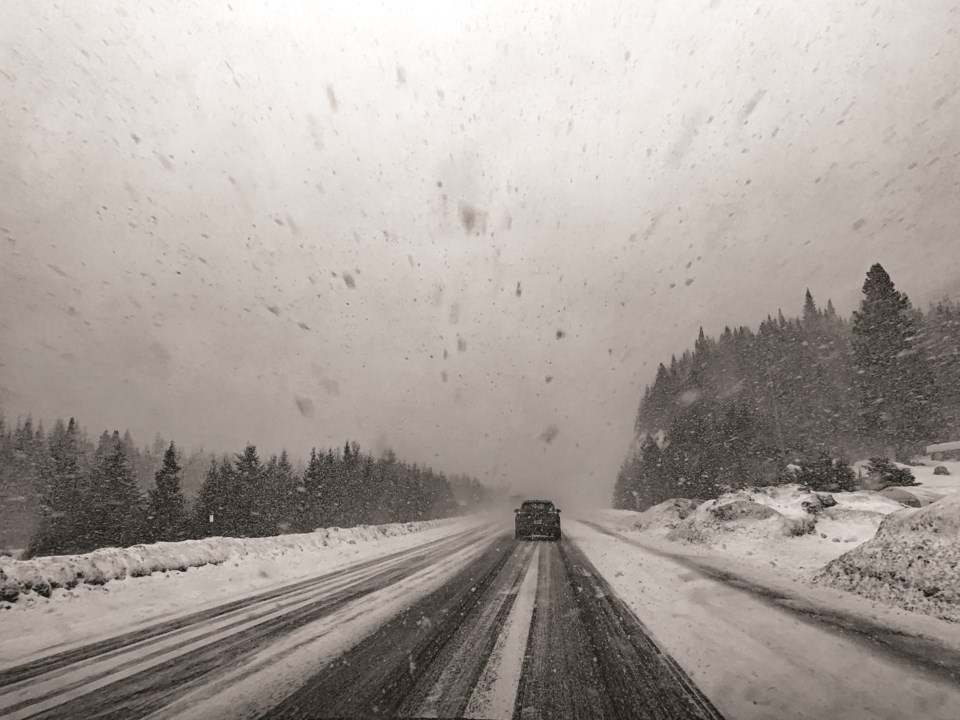Everyone loves complaining about other drivers when they’re driving. It’s often vocalized while stereotyping the cars or licence plates that give away the driver’s home region or social status. B.C. and Alberta drivers always yell at each other’s plates on the roads, judgment cast long before anything dangerous or discourteous transpires. B.C. and Washington drivers probably do the same. Raised pickup trucks love rumbling past slow-moving compacts, and Teslas seem to be experts at sketchy highway overtaking. And for some reason, Audis give drivers the entitlement to drive like arseholes.
Generalizations, yes. True arsehole drivers transcend vehicle makes, models or types. Some like to speed recklessly and cross double lines for a dramatic overtaking manoeuvre (I’ve seen this happen on Whistler’s stretch of Highway 99 with oncoming traffic). Where I grew up in the Australian state of Queensland, few drivers risk getting speeding tickets—on account of all the automated cameras and the fines they generate—and settle for aggressive tailgating instead. On the Sea to Sky Highway, drivers risk the lives of others (and their own) by taking a trip to Whistler in a snowstorm with all-season tires on a two-wheel-drive car.
The weeks leading up to Christmas (and the days after) produced some of the worst driving conditions Canadians had seen in their lifetimes. It got to a point where it didn’t matter what vehicle or tires you had—if you risked driving, the chances of you colliding with another car or putting your car in the ditch went up exponentially. Shoppers coming out of Fresh Street Market were lucky to walk to their cars without going ass over tea kettle. If you had no choice but to drive that day, I sincerely hope you made it home safely. Barring a once-in-a-generation snowstorm followed by a freezing rainstorm followed by more snow and rain at the perfect temperature for ice buildup, driving in the winter on B.C.’s South Coast is generally not that bad. We get blizzards, sure, and it sucks when you have to get home in the dark from Squamish in a 2WD compact with 10 centimetres yet to be plowed. At least we don’t get nearly as many of the black-ice hazards that sneak up on unsuspecting drivers in the colder parts of Canada. But we must still maintain constant vigilance against treacherous road conditions in the winter.
I didn’t learn to drive in the snow and ice of Canadian winters. It was an acquired skill and confidence that took years to train, and even now I’ll take every opportunity to avoid the Sea to Sky Highway when it’s sketchy. The way many foreigners initiate their winter driving journeys is by purchasing a vehicle with all-wheel drive. I owned a 2001 Hyundai Santa Fe for a few years, and while it was a horrendous vehicle to maintain, I rarely got stuck in the snow or lost traction. That was also partly due to the (decent quality) Pirelli Scorpion winter tires the car came with.
After multiple winter road trips across the province and many drives up and down the Sea to Sky, I got rid of the Santa Fe and bought my now trusty Toyota Matrix. I wish it was the AWD version—which is quite legendary and tough to find these days—but I reluctantly went to 2WD and hoped that my confidence with winter driving would make up for the lack of AWD traction. And it did, for the most part, but with the cheap winter tires I put on it, I’d have to carry a snow shovel in the back in case I got stuck on a powder day. I also
needed to acknowledge when I wasn’t going to make it up a steep back street or driveway. I learned afterwards that just because tires have a snowflake on them and a 97 rating in the Canadian Tire brochure, it doesn’t mean they are good for extended winter driving in ski towns. A local mechanic told me that cheap rubber hardens over time—a lot more than the rubber found on good quality tires—so while you might have 60,000 kilometres of wear left, those bargain winters you got on sale aren’t much chop after a couple of seasons. I urge any rookie winter drivers who commute on our highway to do their research and spend the extra money on quality rubber. After spinning out one too many times on Blueberry Hill, I ended up upgrading my Matrix to Maxxis NP-5 studded winter tires. Yeah, they’re obnoxiously loud, but I haven’t gotten stuck or had to turn around from an icy hill since.
My partner and I also now own a 4WD Tacoma with the typical offroad upgrade to BF Goodrich KO2 all-season tires. That vehicle does just fine in the snow, but weight in the rear is advantageous when the roads get slippery. Good thing there’s a snowmobile we can load in the back for the pow days.
You can have all the right tools for winter driving, but unless you have the wisdom to slow down and drive defensively in horrible conditions, no equipment will help you. The risks are rarely worth saving a few minutes in commute time. Save the sliding for the slopes.
Vince Shuley’s holiday travel plans got cancelled, and he’s OK with that. For questions, comments or suggestions for The Outsider, email [email protected] or Instagram @whis_vince.




